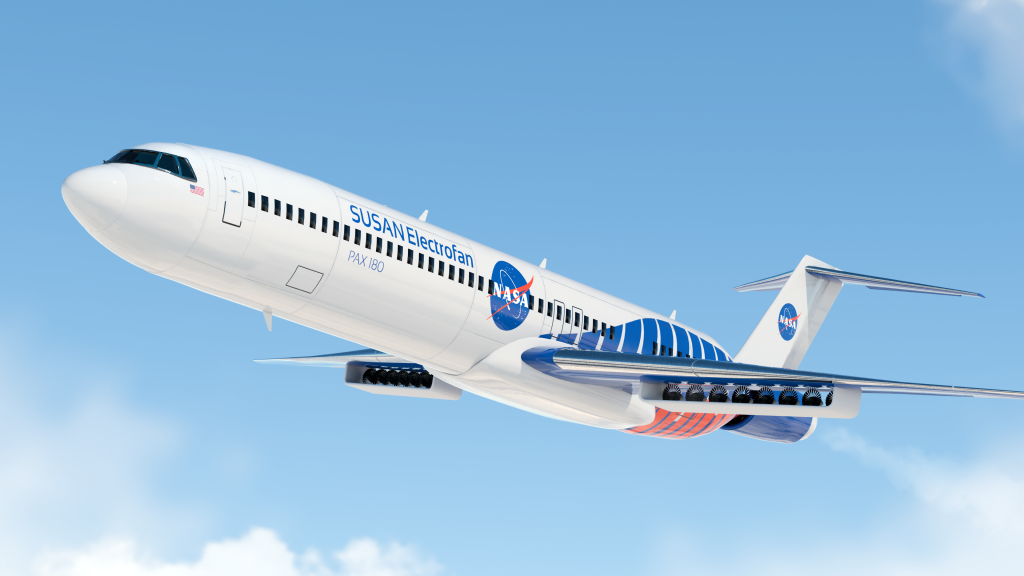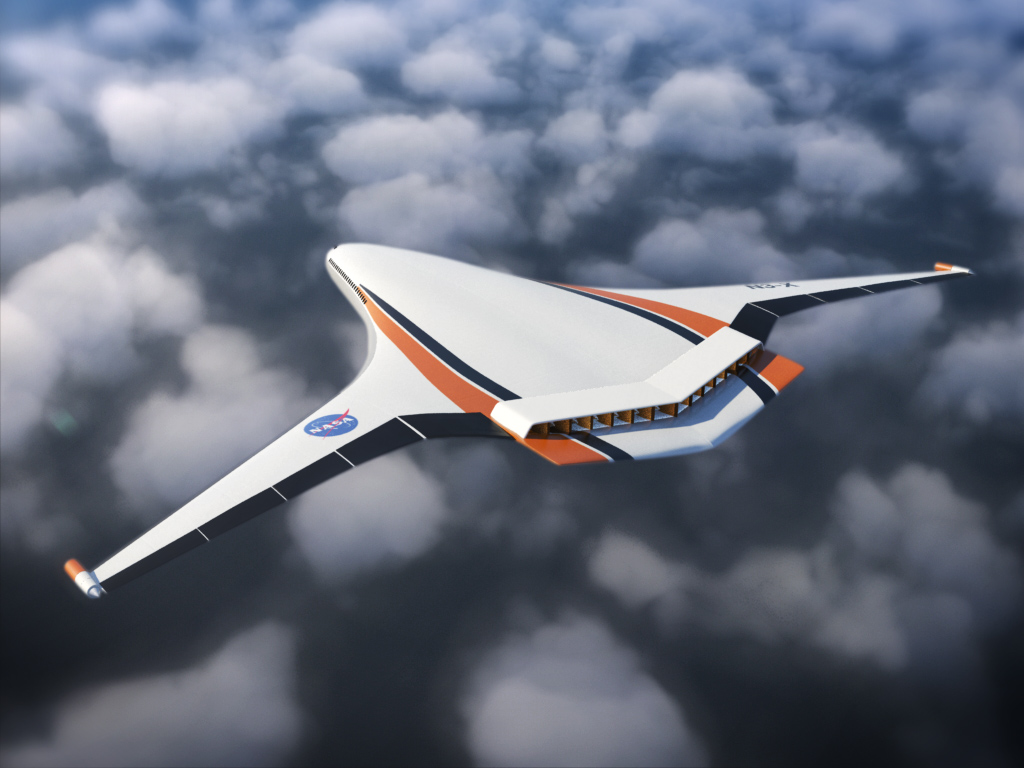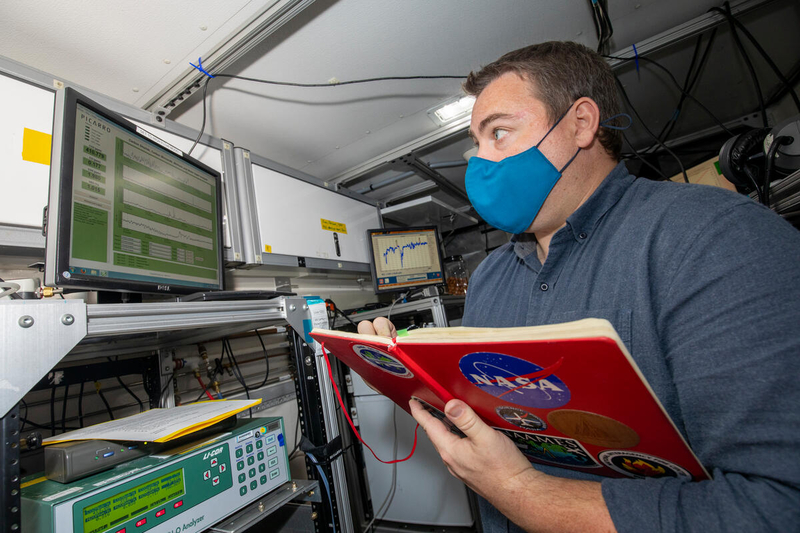A team of scientists from NASA, Boeing, and Aerodyne Research recently met at Boeing Field in Seattle, Washington, to measure emissions from the 2021 Boeing ecoDemonstrator aircraft – an Alaska Airlines Boeing 737-MAX 9 with low-emitting LEAP-1B engines from CFM International.
NASA, Boeing and other ecoDemonstrator partners quickly recognized that, while the aircraft was in Seattle, there was an opportunity to test emissions from the low-emitting engines. The research team took things further by also arranging to use 100% Sustainable Aviation Fuel (SAF) in one of the LEAP-1B engines.
This was the first time anyone would capture data about the particulates in emissions coming from not only a low-emitting LEAP-1B engine, but also one that was burning 100% SAF.
NASA’s Langley Research Center’s Mobile Lab provided researchers with specialized capabilities the ability to perform these tests in the field in Seattle. The Lab’s comprehensive suite of instrumentation analyzed not only the gaseous emissions but also particulates – soot and other aerosols – by using a custom-built probe designed to interface with the blast fence behind the airplane.
“I appreciate how our partners in the aviation industry are thinking about the long term, about being transparent about the environmental impacts of the sector,” said Richard Moore, atmospheric scientist at NASA’s Langley Research Center. “And that we’re making strategic investments to move towards a more sustainable focus.”
Researchers conducted multiple tests to compare the emissions from traditional 100% Jet A fuel, 100% SAF, and blends of the SAF plus Jet A in order to quantify the emissions reductions from the engine and from the fuel effects alone.
Preliminary results look promising. It was discernable in real time that the combination of the 100% SAF with the LEAP-1B engines on the ecoDemonstrator aircraft significantly reduced the soot particle emissions across the full range of engine powers.
“The results that we’re getting from these tests make me hopeful for the future,” said Moore. “That we can possibly innovate ourselves out of the climate predicament, that is becoming all too clear.”
Researchers will continue to study the results and feed the data into air quality and contrail models over the coming years.





































